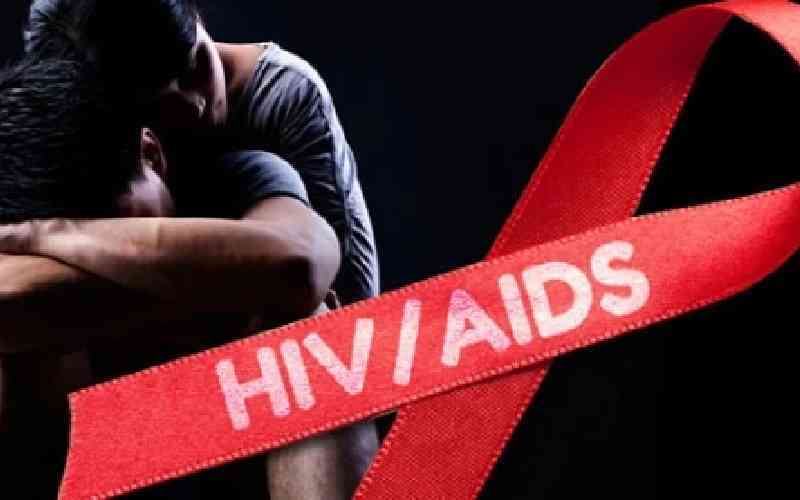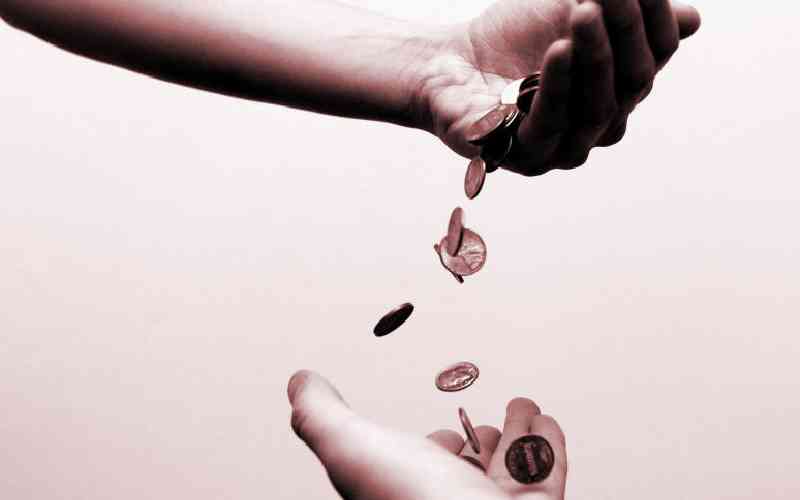Dr Monda Ang’awa
Cradle cap may sound like some kind of cute newborn accessory, but even in the love-struck eyes of new parents, cradle cap is less than adorable.
Cradle cap or ‘milk crust’ is the greasy, yellow crust that sometimes forms on a baby’s scalp in the first three months of life. It may also form around the ears, the eyebrows and the eyelids. It is rare after the baby turns one but can recur after puberty.
It is a form of seborrhoeic dermatitis or an inflammation of the sebaceous glands of the skin that secrete sebum. Sebum is fat that keeps the skin supple and moist and prevents excessive water loss from its surface. Cradle cap forms when these glands secrete too much sebum trapping any old skin cells being shed. This forms the greasy yellow crusts on the baby’s scalp.
This excessive secretion of sebum is due to high levels of the baby’s mother’s hormones that crossed the placenta to the baby during pregnancy and persist in the baby’s blood stream for several weeks after the baby is born. These hormones stimulate the sebaceous glands making them secrete more sebum than normal. Babies who develop cradle cap tend to have close relatives who suffer allergy related problems like eczema and asthma. These babies may also develop other types of seborrhoeic dermatitis when older, such persistent dandruff especially during puberty when sex hormone levels rise and exuberant growth returns. Cradle cap is not itchy, and does not bother the baby. It is not contagious and is not caused by poor hygiene or negligent parenting.
Cradle cap usually clears by itself after a few months but because it looks so unsightly, most mothers want it removed. Cradle cap can be treated at home by massaging the baby’s scalp with unperfumed mineral oil like baby oil or olive oil to loosen the crusts. Leave this on for about 15 minutes then gently comb out the flakes with a soft brush.
debut album
Wash the baby’s hair with a baby shampoo or a tea tree oil shampoo. This can be done daily until your baby’s scalp clears. Making a paste from bicarbonate of soda and leaving it on the affected area for 10 minutes can also help lift the scales off before you shampoo. You can also use aloe gel to clear the crusts.
Cradle cap can get infected; the skin will get red and form blisters, which will pop and weep and the baby may develop a fever. If this happens, it is time to see a doctor. If the infection seems to be spreading, your baby will need a course of antibiotics to get rid of the infection. The cradle cap can come back, even when treated properly, because the glands still go on making too much sebum for several weeks. You can prevent it recurring by frequent hair washing with a mild baby shampoo. Occasionally, a stronger medicated shampoo may be needed, but your paediatrician should be the one to help you make this decision.
 The Standard Group Plc is a
multi-media organization with investments in media platforms spanning newspaper
print operations, television, radio broadcasting, digital and online services. The
Standard Group is recognized as a leading multi-media house in Kenya with a key
influence in matters of national and international interest.
The Standard Group Plc is a
multi-media organization with investments in media platforms spanning newspaper
print operations, television, radio broadcasting, digital and online services. The
Standard Group is recognized as a leading multi-media house in Kenya with a key
influence in matters of national and international interest.
 The Standard Group Plc is a
multi-media organization with investments in media platforms spanning newspaper
print operations, television, radio broadcasting, digital and online services. The
Standard Group is recognized as a leading multi-media house in Kenya with a key
influence in matters of national and international interest.
The Standard Group Plc is a
multi-media organization with investments in media platforms spanning newspaper
print operations, television, radio broadcasting, digital and online services. The
Standard Group is recognized as a leading multi-media house in Kenya with a key
influence in matters of national and international interest.





